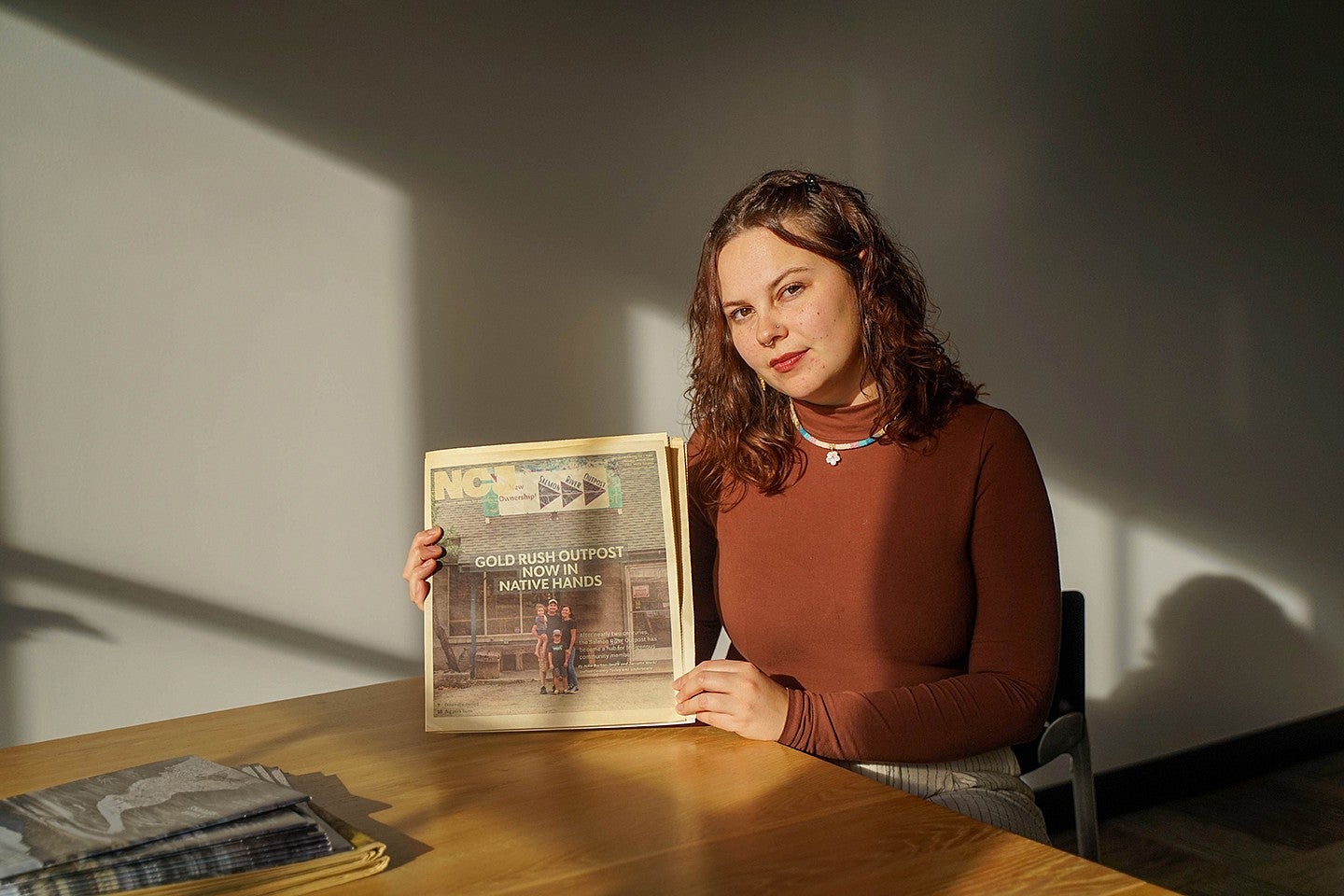
Reporting that repairs
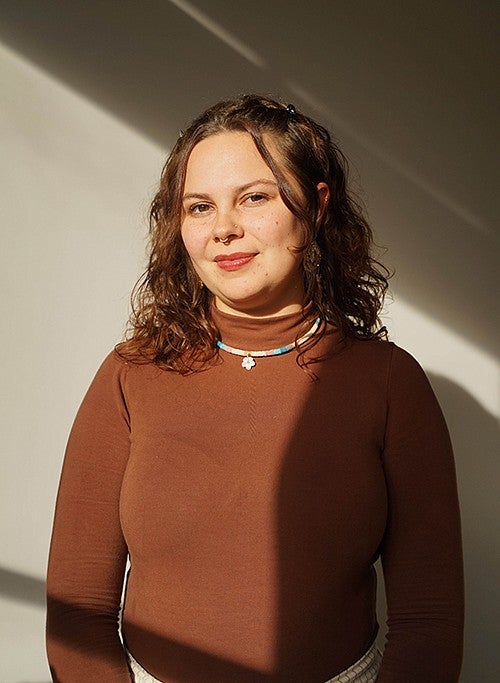
Coffee or tea: Usually coffee, but I also love an Earl Grey. So it kind of depends on my mood.
The one person you'd invite to dinner: Ida B. Wells.
What I'm listening to: The “Reservation Dogs” soundtrack by Mato Wayuhi
Favorite TV show: “Shameless.” Or “Broad City.” They’re tied.
Last movie you watched: “Howl’s Moving Castle”
Guilty Pleasure: Bingeing crappy rom-coms
Nika Bartoo-Smith remembers when her editor at Underscore Native News approached her about a breaking story in the heart of the Confederated Tribes of Siletz.
More than 50 Indigenous students had walked out of their classes in protest because they felt administrators hadn’t properly recognized Indigenous People’s Day. The students wanted the day celebrated as a holiday.
The morning after the walkout, a dozen of the students who participated in the walkout were called to a meeting room. Their school principal, who is white and also served as the superintendent, was waiting for them.
A teacher tipped off Underscore about the tense meeting and Bartoo-Smith, a 2022 Clark Honors College journalism grad, was assigned to find out more. She obtained a recording made by one of the students that revealed the principal calling them “cowards.” She also ordered them to “sit in their humiliation” and questioned their intelligence.
“The students wanted their voices heard,” said Bartoo-Smith. “Instead, they got berated. It was totally unfair.”
Bartoo-Smith interviewed students and other community members before publishing a story about the principal’s behavior, including a report that seven other complaints had been filed against her. None had been investigated.
Bartoo-Smith's story was picked up by Oregon Public Broadcasting, giving the scandal state-wide attention. Within weeks, the principal was fired.
A stream of Siletz community members reached out to Bartoo-Smith to let her know that she had made a difference in the lives of the students and the community. The mother of one of the protesting students told her: “This wouldn’t have been possible without you.”
Bartoo-Smith recognizes the importance of her position, given the minimal attention mainstream news outlets provide the Indigenous community. Stories about drug use, crime, and poverty are often used to sensationalize how bad things are for the Indigenous population.
“That’s what Indigenous people have come to expect from the mainstream media,” she says. “I can turn on the TV and still see it."
Bartoo-Smith has developed expertise covering events and writing features, which she uses to paint a fuller picture of Indigenous life. “I write about my community, from my community,” she says. “And I’m a better reporter for it. I will always say this: Journalism is activism.”
The girl under the table
Bartoo-Smith was born in Portland, Oregon, to Zeke Smith and Mari Bartoo Jacobson. She identifies as being of Osage and Oneida Nations descent, with Northern European and Indonesian ancestry.
Her father was heavily involved with Portland’s Native American Youth and Family Center, and Bartoo-Smith followed suit, frequenting powwows and volunteering at the community garden there.
Bartoo-Smith fondly remembers babysitting for the then-executive director while running through the art-filled hallways to keep the children occupied.
“She was a caretaker for the little ones. She would manage them all on her own,” recalls Marjan Rotting, Bartoo-Smith’s grandmother.
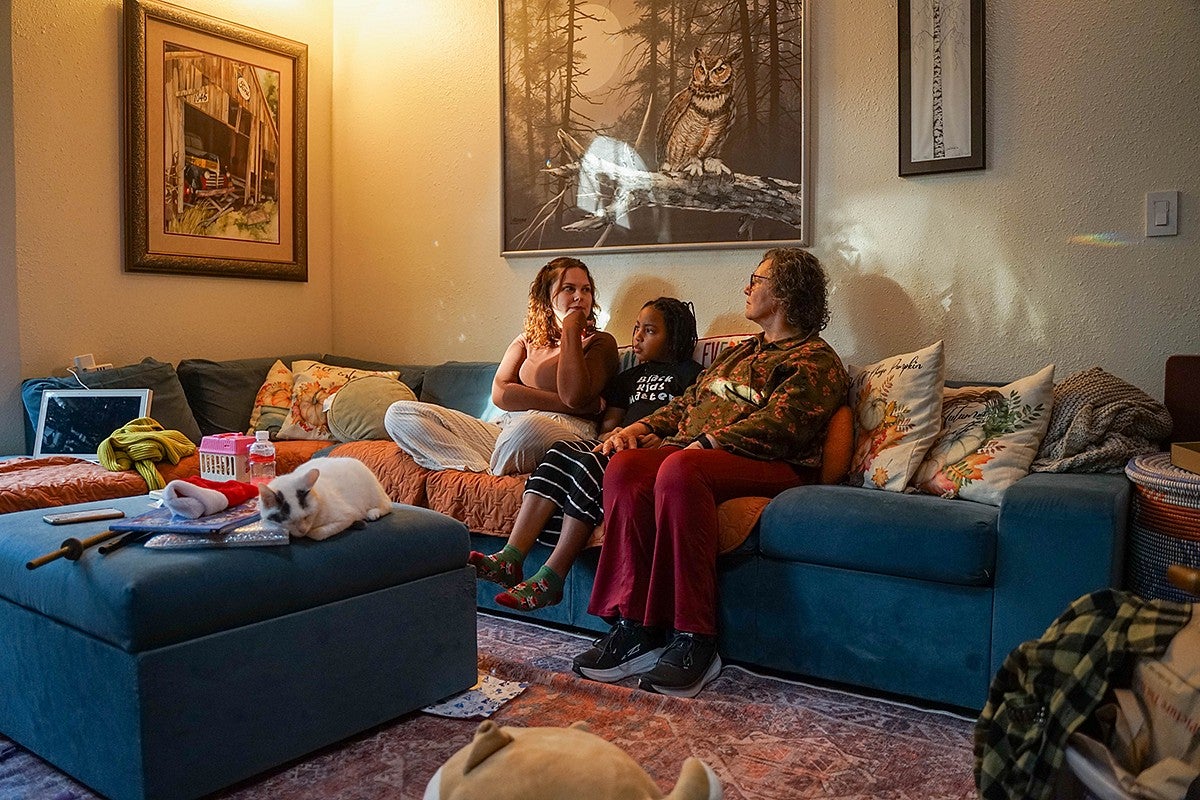
As a kid, Bartoo-Smith had a keen sense of listening. When the adults would talk, she’d sneak under the table. “I was always anxiously, ravenously listening,” she recalls. “I wanted to know what was happening.”
Her grandmother remembers the adults refraining from using coarse language. “We all knew she was there,” her grandmother says. “We would say: ‘Oh, the CIA has arrived.’ And we would let her listen. We would just be careful not to swear.”
Her journey into journalism
In her freshman year of high school, Bartoo-Smith was assigned to interview a partner and write a story about the person for a journalism class.
Jessica Alexander was her partner. “She made me feel so comfortable talking to her,” Alexander remembers, noting that they later became best friends. “We had such different backgrounds. She was so enthusiastic about learning mine.”
After the exercise, Bartoo-Smith applied for a spot on the student paper. She was promptly rejected. “I was like, screw that. If I’m not instantly good at something, I don’t do it,” she recalls. “So I didn’t think about it again.”
After graduation, Bartoo-Smith took a gap year and traveled to Indonesia with her father to find traces of the old neighborhood where her grandmother and great-grandmother were born. Armed with only an old picture and a vague idea of the neighborhood’s location, Bartoo-Smith led the way in finding the house. She says the experience was revelatory.
“It made me understand the importance of history,” Bartoo-Smith recalls. “I got to really see where they came from. And that understanding made me closer to them.”
The following year, she chose UO’s Clark Honors College because of its small class sizes and the liberal arts education that she could get while being on a larger campus. She started as a Women’s, Gender, and Sexuality Studies major. She loved the classes, she says, but wondered where the major would lead her.
In her first year, she interviewed Rotting for an ethnic studies class. She learned how her grandmother had immigrated to Orland, Calif., from Indonesia in 1961. She was one of the first people of color in the small town. She talked about being met with racial slurs. Rotting’s father, who was white, was called a race traitor.
“I had never talked about that,” Rotting says now. “It opened parts of me that I didn’t (know I) had. She pulled those parts out of me.”
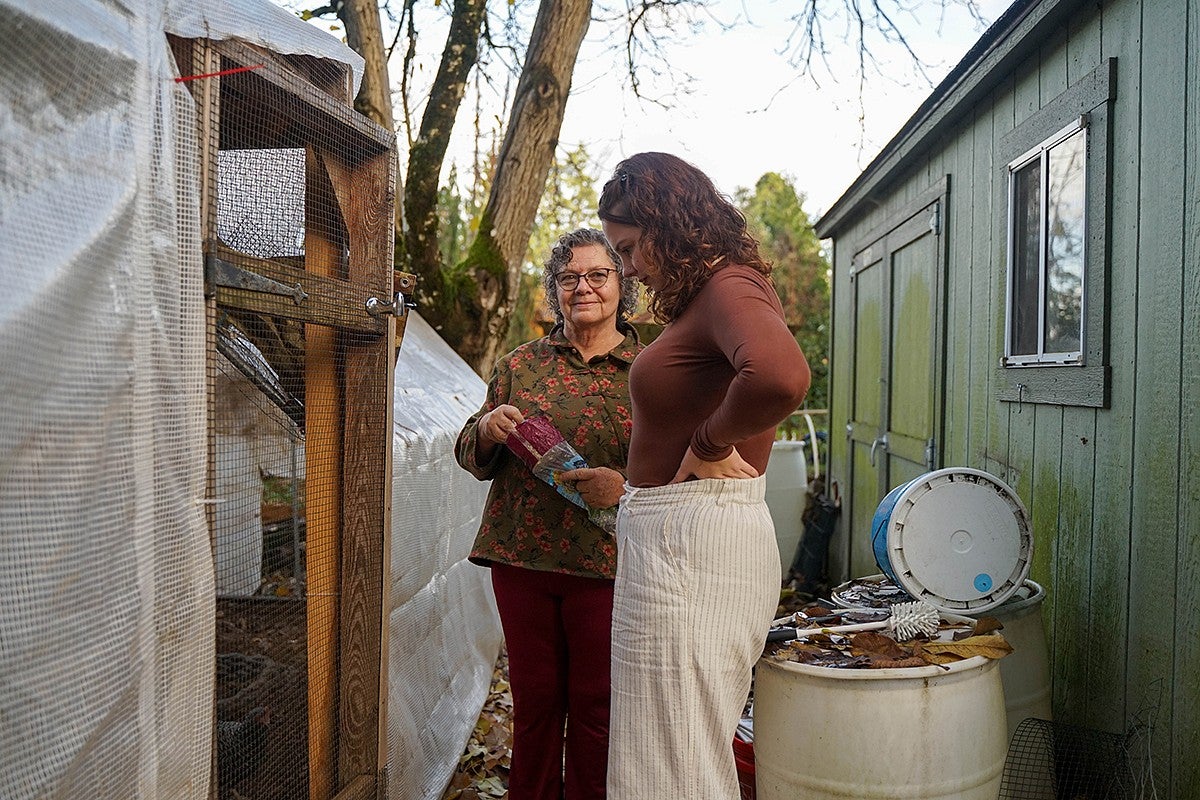
For Bartoo-Smith, the experience rekindled her love of interviewing. “It shifted my idea of what journalism can be,” she recalls. “Everybody has a story. Everybody wants to share their stories and wants people to listen.”
She joined UO’s Ethos magazine and the staff of the Daily Emerald, becoming an arts and culture reporter. She remembers being drawn to stories with a political edge.
As she gained more experience, Bartoo-Smith challenged herself to broaden the scope of her reporting. She participated in the Catalyst Journalism Project at UO’s School of Journalism and Communication, writing a story about the replacement of the Interstate 5 bridge between Oregon and Washington.
Her angle focused on a high school student who led weekly protests at the Department of Transportation offices in Oregon. “I realized this is something that disproportionately impacts Black and Brown people who make that commute,” Bartoo-Smith says now. “This was a way I (could) make a difference.”
Brent Walth, A UO associate professor of journalism and the co-director of the Catalyst Journalism Project, describes Bartoo-Smith as a “role model” and noted that her story was picked up by the Eugene Weekly newspaper.
“She was fearless,” Walth says. “I remember the smile on her face when she came in with a copy. In that way, she showed everyone else what was possible.”
He encouraged Bartoo-Smith to apply to the UO’s Charles Snowden Program for Excellence in Journalism, an organization that places students in internships at newsrooms across Oregon. At first, she worried about her qualifications, thinking she didn’t have enough experience.
But she was accepted and earned a 10-week stint at the Roseburg News-Review in southern Oregon. By the time she finished, she had written close to 80 stories.
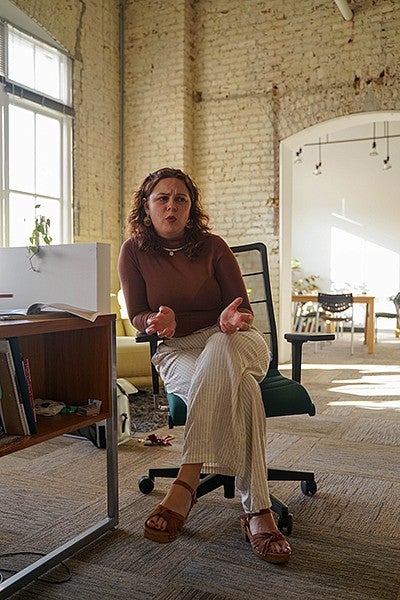
“Roseburg scared me at first,” Bartoo-Smith remembers. “I was around really different people than who I was around in Eugene and Portland. But that’s also why it pushed my reporting.”
Her career gained momentum. She applied to The Columbian daily newspaper in Vancouver, Wash., and quickly got a position as the health and non-profit reporter.
“She was so humble, but she had this incredible work ethic,” says Kelsey Turner, who worked alongside Bartoo-Smith as a reporter.
The two co-wrote a story about a 27-year-old man who had recently overcome an addiction to fentanyl. He wanted to share his story with the hope that someone else in his predicament would be able to beat addiction.
There are “250,000 people in the Pacific Northwest struggling with substance use disorder,” Bartoo-Smith says. That figure includes her uncle, who died from a fentanyl overdose in 2017. "That number is impossible to visualize. But sitting down with one person and humanizing them? People connect with that.”
“Talking to that young man—it made me wish there were more services and treatment for my uncle,” Bartoo-Smith says. “I hope that in some small way, writing a story of hope can inspire one person to make a different decision, to access help, to encourage a friend. If my story can help one person, that means the world to me. That’s why I do this.”
Indigenous identity
Four months into her time at The Columbian, Myers Reece, the executive director of Underscore, reached out to Bartoo-Smith to recruit her.
“I was blown away when we talked,” Reece recalls. “She carried herself beyond her years. But what was critical was that she understood what we were trying to do and the Indigenous people we are trying to serve.”
She was promptly hired as a joint reporter for Underscore and ICT News, a national news organization that covers Indigenous populations and picks up stories by reporters like Bartoo-Smith.
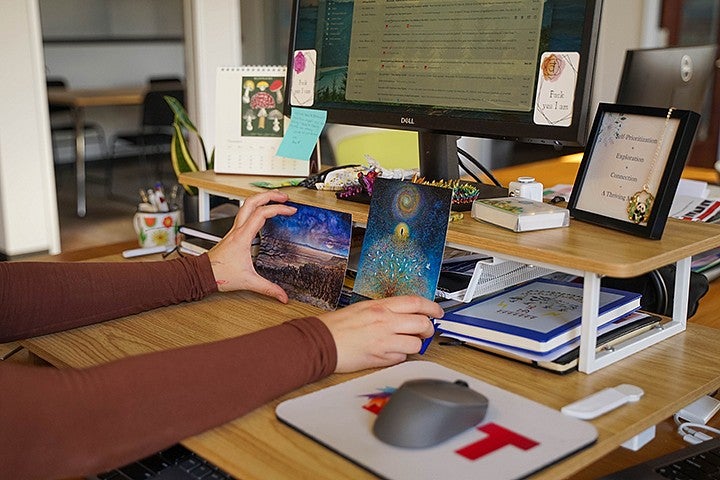
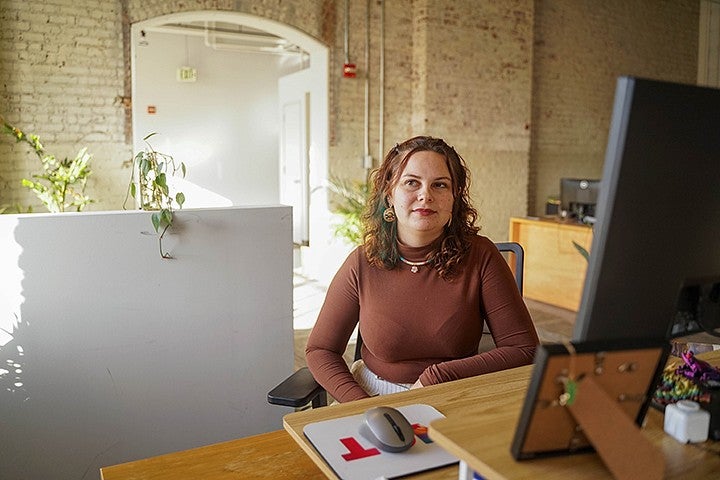
For the last several years, Bartoo-Smith has been zipping around the Northwest, spending days at a time in different Indigenous communities as she covers stories about environmental ceremonies, politics and beyond.
Her stories are often picked up and published by major news outlets, including Oregon Public Broadcasting, The Oregonian, The Seattle Times, and High Country News.
In some cases, the stories break fresh ground about the Indigenous experience. Last October, Bartoo-Smith and her co-worker at Underscore, Jarette Werk, wrote about a grocery store that was purchased by an Indigenous family in Northern California.
For nearly 200 years, the then-white owners of the store had taken advantage of the surrounding Indigenous community, buying goods from them with tokens that served as currency that could only be used at the store.
Bartoo-Smith and Werk spent more than a day with the new owners, Joe O’Rourke, a member of the Yurok Tribe; and his wife, Elly O’Rourke, a member of the Karuk Tribe. They operate the store as a centerpiece of the community, making hot meals for locals and working with people to celebrate their work. They put up a suggestion box so people can ask for specific needs.
The walls display Native artwork. Indigenous-beaded necklaces are on display in the store. Pottery and soap made by locals draw buyers. The story portrayed an Indigenous store, paying for Indigenous goods to sell to Indigenous locals.
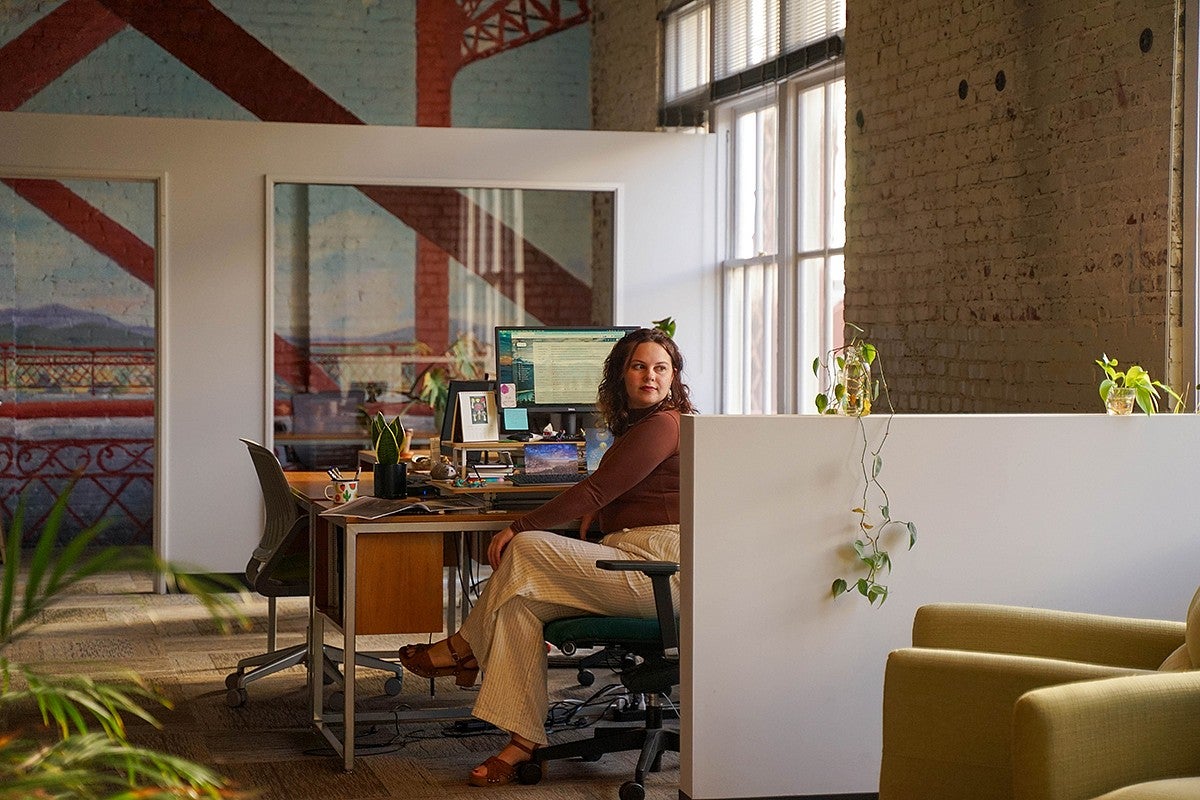
“It was a moment of reflection for me,” Bartoo-Smith recalls. “Here’s this family in rural California…we were trying to do the same thing. Native folks are so often portrayed as struggling in the media. But here’s the joy and the love. We need to cover that, too.”
The story won second place for best feature from the National Indigenous Journalists Association.
Back at the Underscore offices, Bartoo-Smith speaks with pride about the news organization’s accomplishments. And she’s not slowing down. “We’re in our toddler years as an organization. There’s a lot of work to be done,” says Bartoo-Smith. “But story by story, it’s something we take with us, restoring Indigenous communities’ relationship with the media.”
“Native folks are so often portrayed as struggling in the media. But here’s the joy and the love. We need to cover that, too.”
